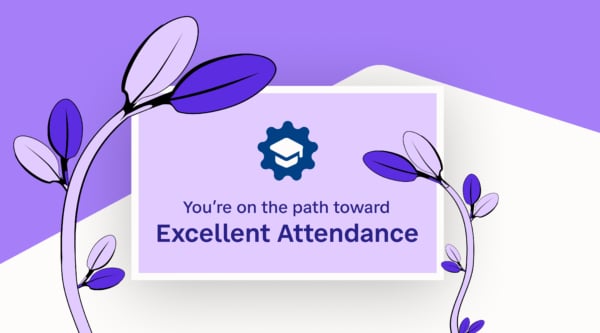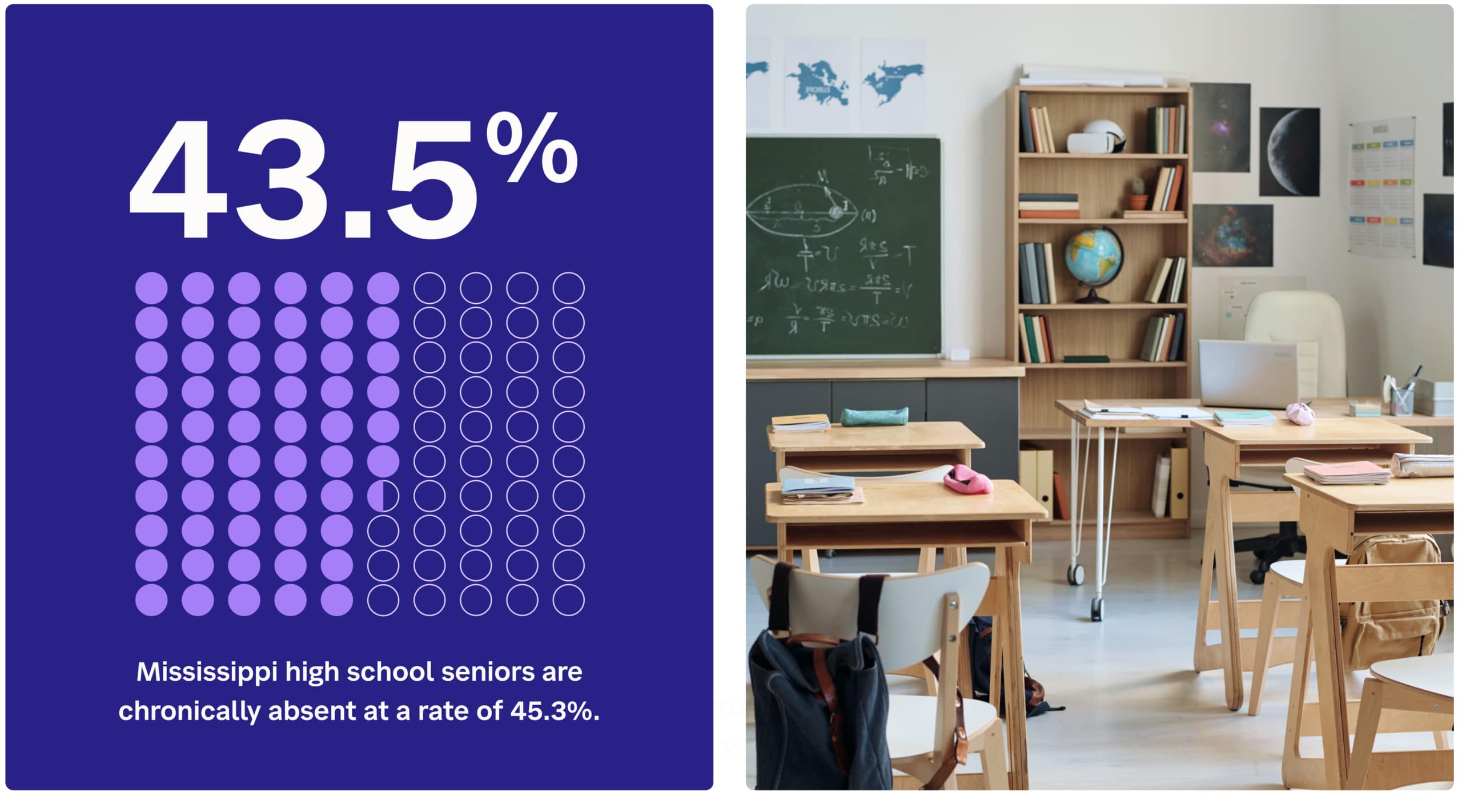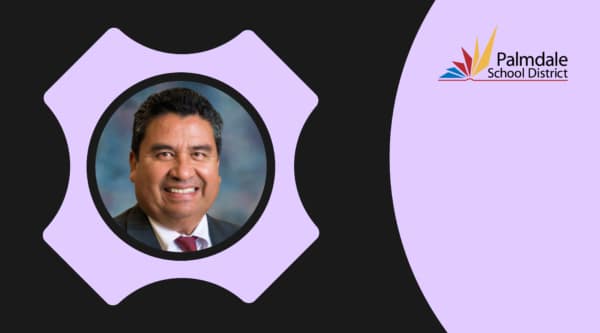

My dad used to open every conversation with, “What do you want first, the good news or the bad news?”
Bad news first! Because, like dinner, it’s good to end with something sweet. In this case, the bad news is that kids aren’t coming to school. In droves. One estimate, from AttendanceWorks, is 1 in 3 K-12 public school students are chronically absent (defined as missing 10% or 18 days of school in a given school year, for any reason).
Absenteeism rates have skyrocketed since schools returned to in-person learning.
Mississippi had an absenteeism rate of 13% in 2018-19; in 2021-22 it was 28%. Mississippi high school seniors are chronically absent at a rate of 45.3%. It’s mind-blowing.

The Associated Press and Stanford recently conducted a study and found an estimated 230,000 children simply missing from the system–students who had been enrolled before the pandemic.
Let’s save the why for later. The bigger question is: what can we do?
We need to make school the place students want to be.
It starts with school communications. Study after study points to school-home communication as an essential component of student success. Research shows when teachers and building leaders keep families informed on a consistent basis, it leads to improved student:
- Attendance
- Achievement
- Behavioral outcomes
- Social & emotional functioning
- Drop-out rates
- College attendance rates
It boils down to trust. The more home adults hear from their child’s teachers & building leader, the more they feel in the know about what’s happening with their child at school. The more home adults feel involved in school life, the more they trust the adults in the building. And that’s the key.
The more home adults trust the school adults, the more they support their child’s learning.
And now for the icing.
School is so much more than just a place to be. It’s a place to become. Students who come to school regularly have far better options and opportunities open to them. According to a 2018 report by the World Bank, regular school attendance is associated with increased economic growth and development because students who attend school regularly are more likely to have the skills and knowledge necessary to contribute to the economy and society as a whole. A 2019 report by the National Center for Education Statistics found students who attend school regularly are more likely to have higher academic achievement, higher future earnings, and better health outcomes.
That’s what our eBook on improving attendance is all about.
Our eBook walks through the role of school communication as an important piece of the solution to chronic absenteeism and gives you proven school communications strategies and tools you can start implementing today to build back attendance.
There are lots of problems out there out of our control, but our school communities are ours to shape. Let’s get started.
For more information on improving school attendance through effective communication strategies, check out our eBook. Click the button below to start building back attendance today.

Your Guide to Improved Communication & Academic Success
Download the eBookStay Connected
News, articles, and tips for meeting your district’s goals—delivered to your inbox.





